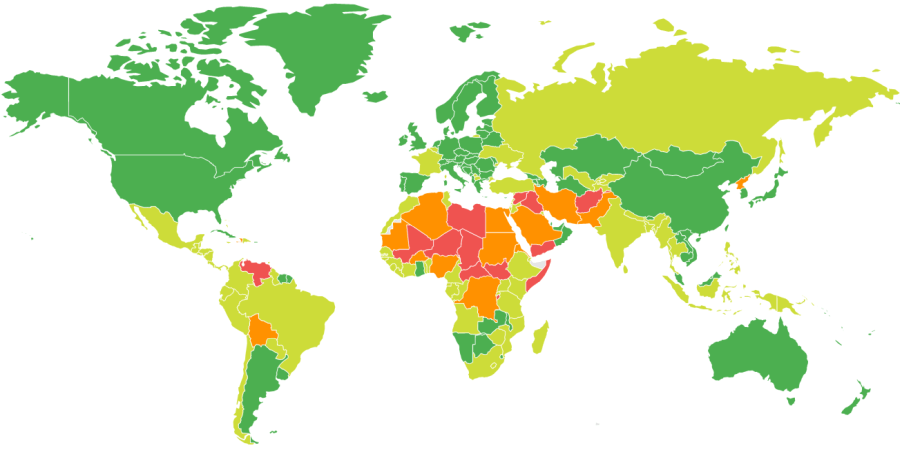
Northern Mariana Islands Travel Safety
US Associated state
Travel Safety in Northern Mariana Islands
General travel safety in Northern Mariana Islands on a scale of 1 to 4 — where 1 is safe and 4 is dangerous. Data compiled on the basis of Canadian Department of Foreign Affairs.
Country
Northern Mariana Islands
Updates
Updated: 26 Jun 2025 • Still current at: 2 Jul 2025
Status
LEVEL 1 - Exercise normal safety precautions
Use common sense and look out for suspicious behaviour. Monitor the media and other sources for changes to local travelling conditions, safety and security concerns. Laws and social customs could differ significantly. You could face terrorist attacks, civil unrest, violent crime, or unique health threats - but overall, the risks are not great.
Safety and Security Tips
Women's safety
Northern Mariana Islands is generally safe, women travelling alone should maintain personal security awareness. Avoid dark or non-tourist areas at night. Instead try to be around larger crowds, whether they are fellow tourists or local citizens. Women, particularly foreigners may be subject to unwanted male attention and catcalls in certain places. Be vigilant if approached by strangers seeking assistance and exercise increased caution throughout your travel.
Update 1 November 2020Vaccinations and Medications
A doctor's consultation is required prior to any vaccinations being administered. This section is for informational purposes and does not exhaust all issues related to vaccination. Please contact your doctor for complete information on this subject.
Stay Healthy and Safe
Act in advance of to prevent. Check the vaccines and medicines list and visit your doctor at least 4-8 weeks before your trip to get vaccines or medicines you may need.
All travelers
You should be up to date on routine vaccinations while traveling to any destination. Some vaccinations may also be required in Northern Mariana Islands.
Before each trip, it is worth making sure that we are up to date with the routine vaccinations. These include vaccinations against measles, mumps and rubella, diphtheria, tetanus, whooping cough, chickenpox, polio and flu.
Prevention
- Get vaccinated
- Reduce your exposure to germs
Most travelers
Get travel vaccines and medicines because there is a risk of these diseases in the country you are visiting.
Hepatitis A is a digestive disease caused by the hepatitis A virus and is closely related to a lack of good hygiene.
It can be asymptomatic, moderate, or very severe.
Prevention
- Get vaccinated
- Eat and drink safely
Typhoid fever is an acute, systemic infectious disease caused by Salmonella typhi.
The source of the infection may include dirty water, raw fruits, vegetables, dairy products, as well as dirt containing bacteria.
Prevention
- Get vaccinated
- Eat and drink safely
Some travelers
Vaccinations and medications that may be recommended under certain conditions, depending on where you will be, the length of your stay and the nature of your stay.
Hepatitis B is a disease caused by the hepatitis B virus.
Infection occurs through contact of injured skin or mucous membranes with virus-infected blood or other secretions (e.g. during sexual contact, through contaminated needles or as a result of medical procedures).
Prevention
- Get vaccinated
- Avoid sharing body fluids
- Avoid non-sterile medical or cosmetic equipment
We have made every effort to ensure that the information presented reliably reflects the general safety situation in a given place. However, the data is provided for informational purposes only and we do not take responsibility for any damages or losses resulting from incorrect risk assessment. Before each trip, we recommend checking the current situation in the country of destination on the websites of the relevant Ministry of Foreign Affairs.
